
Homes Talk to Women as it Relates to Her Story
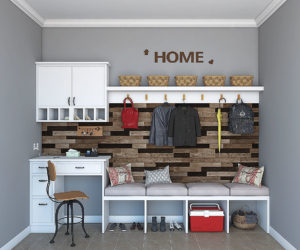 Welcome to Part 2 of the ‘Homes Talk to Women’ series focusing on as it relates to her story. Homes Talk to Women through her life experiences. What has she experienced in her current home or apartment? What does she like; what would she change if she could? Having lived in a home with no garage, for Aimee, the idea of walking into her home from the garage directly into the kitchen without a rear foyer was simply not on her radar screen. Now, homes without a rear foyer say to her, “Thoughtless!”
Welcome to Part 2 of the ‘Homes Talk to Women’ series focusing on as it relates to her story. Homes Talk to Women through her life experiences. What has she experienced in her current home or apartment? What does she like; what would she change if she could? Having lived in a home with no garage, for Aimee, the idea of walking into her home from the garage directly into the kitchen without a rear foyer was simply not on her radar screen. Now, homes without a rear foyer say to her, “Thoughtless!”
Homes Talk to Women through her knowledge. That’s one reason for touring model homes, watching HGTV, and surfing the internet. She may love the idea of a door-less walk-in shower (no door to clean!), but she may not know that it can get really cold without that door to keep the heat in. Incorporating a radiant towel warmer is an easy addition!
Homes Talk to Women through her culture, as different backgrounds may have significant influences on her preferences. Cultures that emphasize academic success may have strong interest in the Family Lounge concept where parents are involved with their kids’ homework. Feng Shui has significant influence over home design. The lack of a formal entryway, a closet directly opposite the front door, stairs facing the front door, or a bathroom door facing the front door all say to her, “This is not the home for me!”
Homes Talk to Women through her lifestage, appreciating the shifting needs of how people live in the home at those particular lifestages. Priorities and needs differ among newlyweds, growing families, empty nesters, and multi-generational households. Big closets in all the bedrooms say – ‘A place for everything’, and tells her she won’t be hearing any more, “But mom, there’s no place to put it!” from the kiddos.
Everyone’s life experiences and living situations are different. What’s your story and how do you prefer your home’s design to fit your story?
Next week learn how ‘Homes Talk to Women’ through the home’s livability.
If you missed the other segments of this four-part series, click the links below:
For more resources on thoughtful design:
- Visit our blog
- Browse our Her Home™ Magazine
- Thoughtful Design Concepts
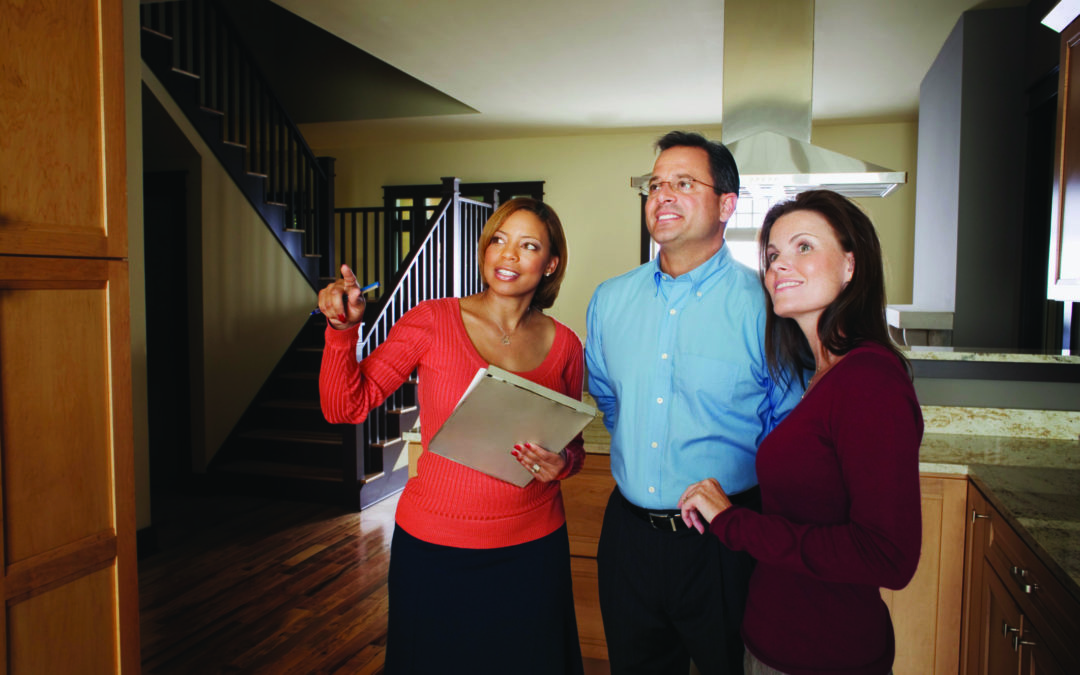
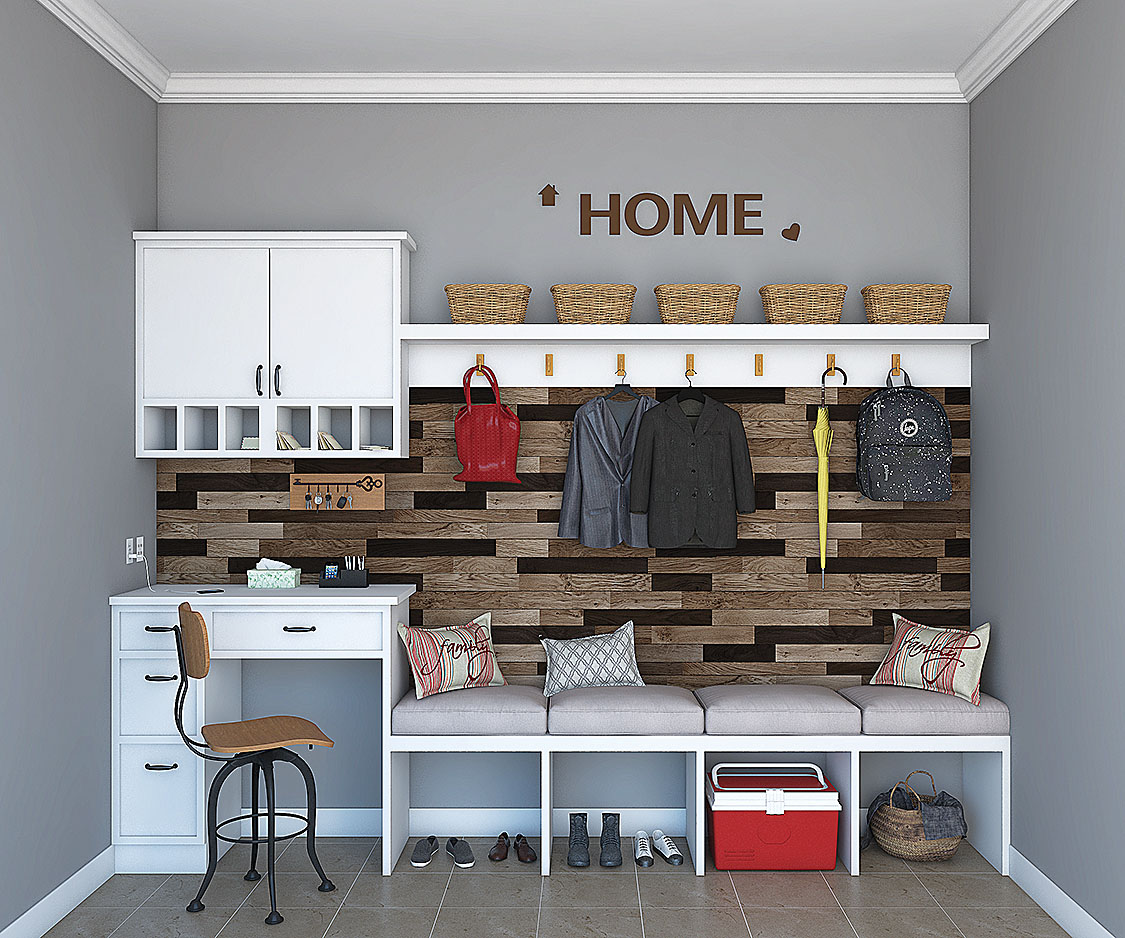
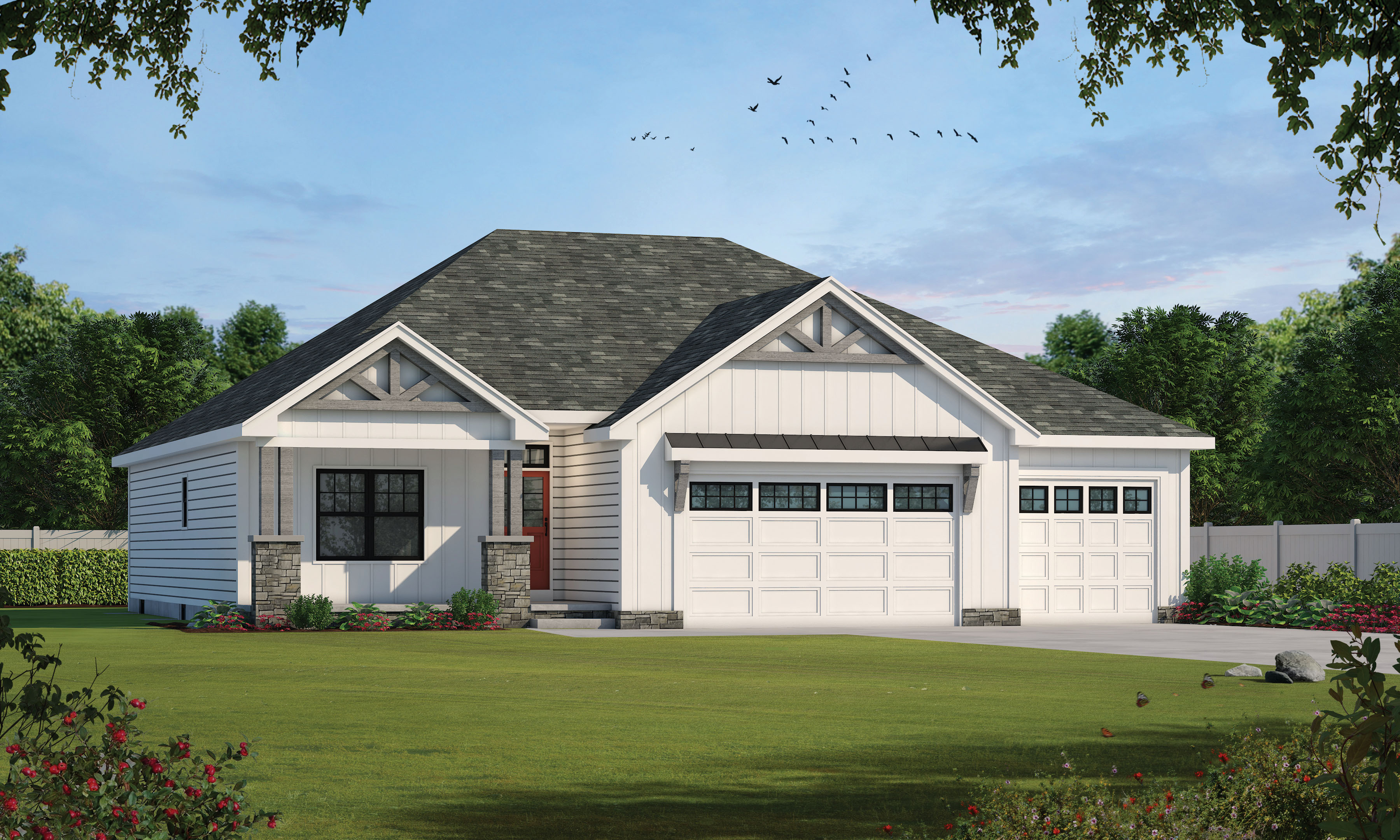
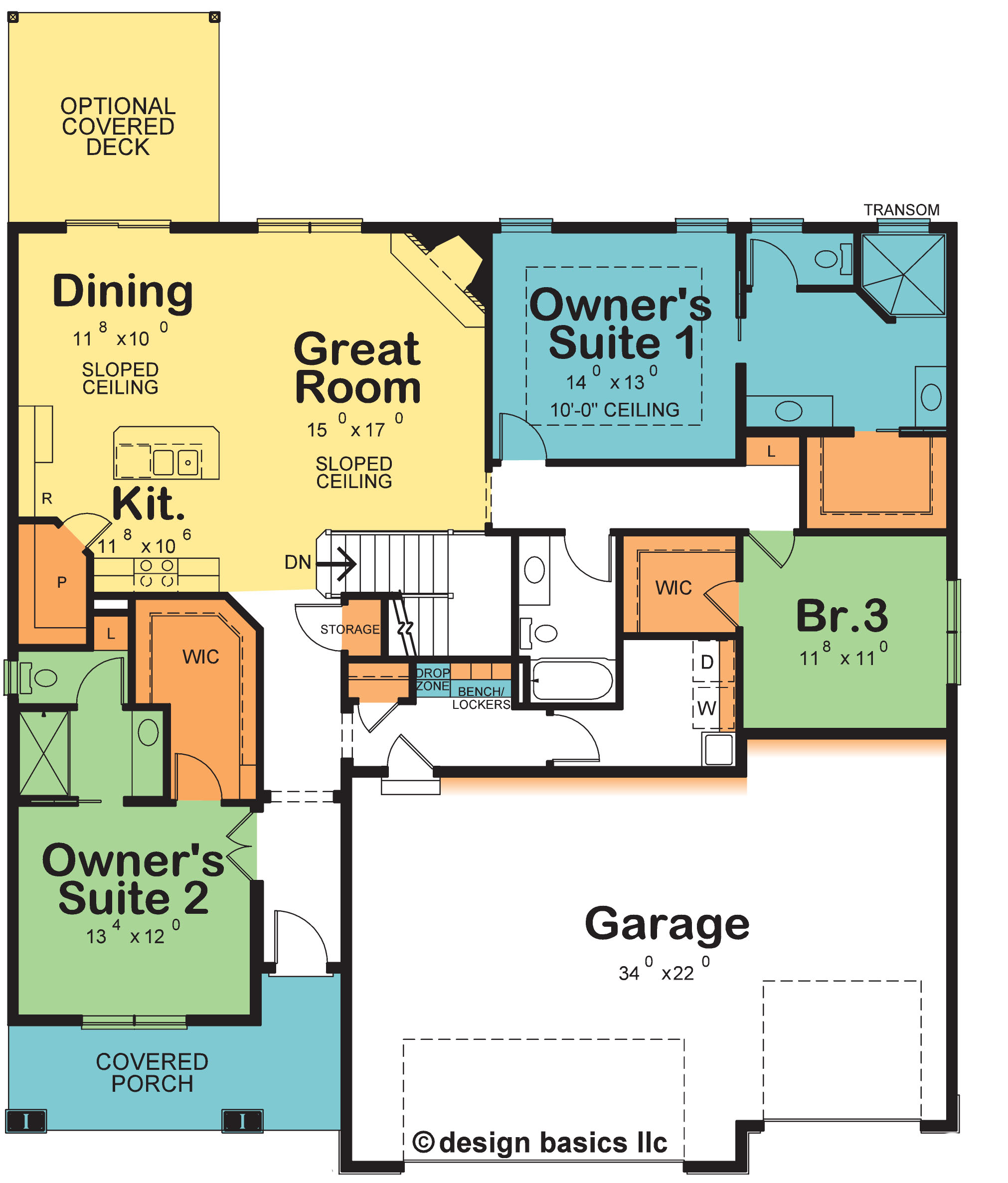
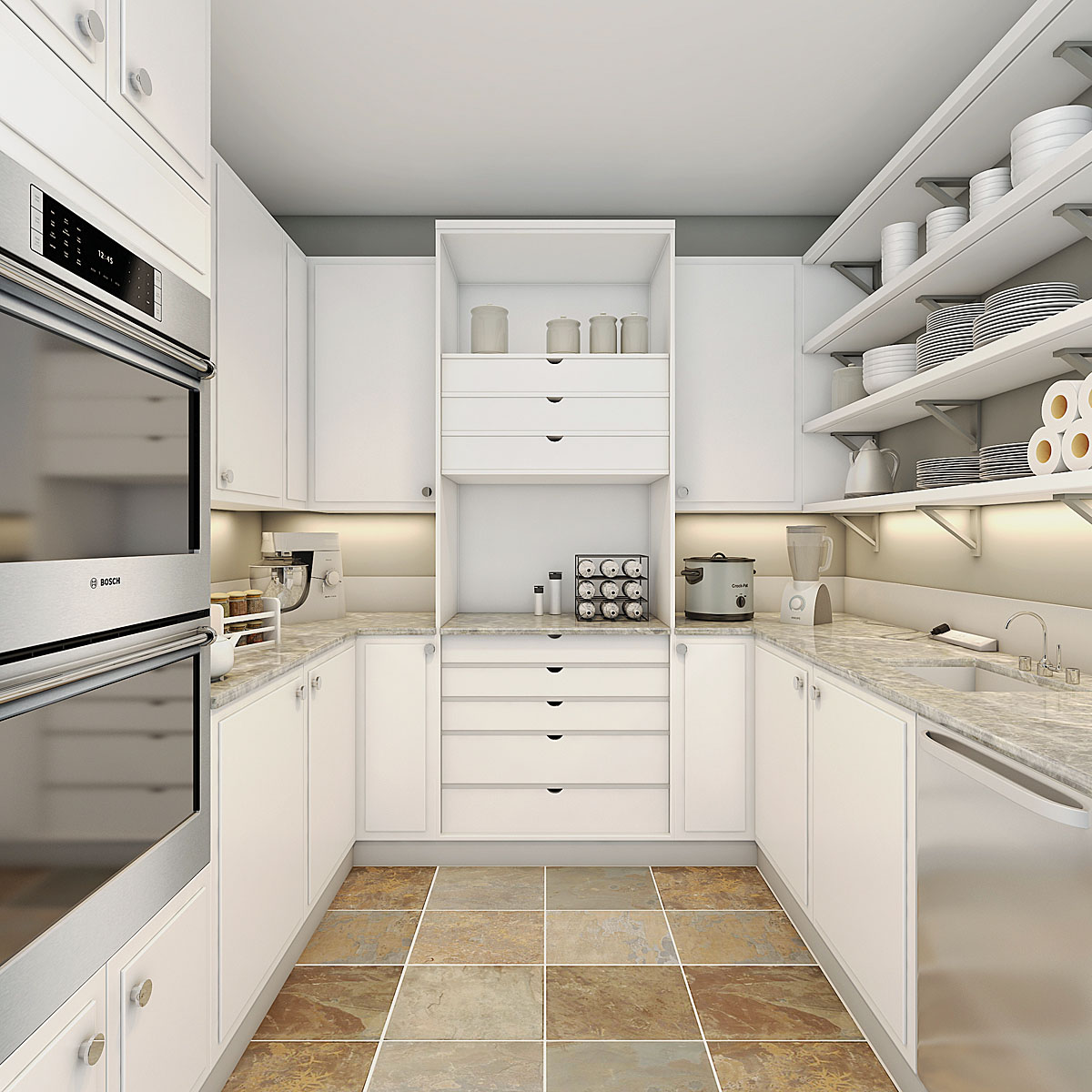
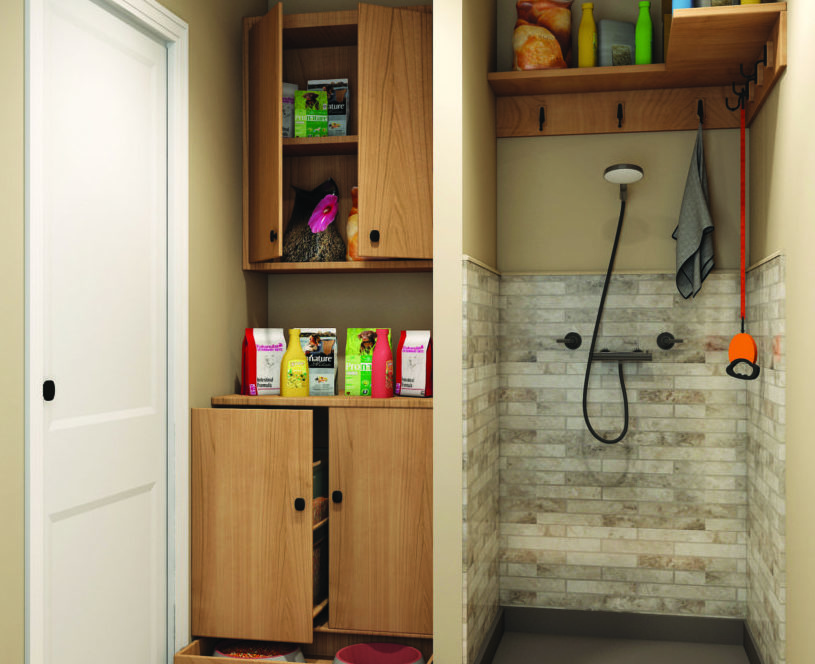
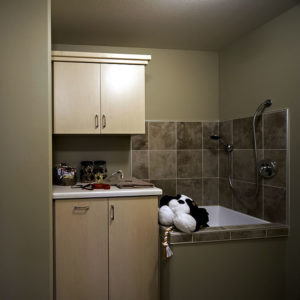 We have a retriever that loves to run around a nearby lake made by the U.S. Corps of Engineers. She especially loves to roll around in the bait and any dead fish left on the banks of the water. The smell…
We have a retriever that loves to run around a nearby lake made by the U.S. Corps of Engineers. She especially loves to roll around in the bait and any dead fish left on the banks of the water. The smell…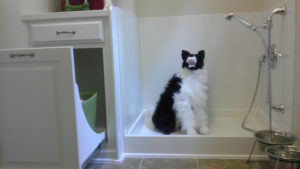 Oh how I wish we had designed a rear foyer with a pet center, complete with storage for pet food and other supplies AND a doggie shower! What a convenience to have everything right there and not have to traipse through the house. When it comes to pet centers, there are many ways to design. The photo above shows a pet bath, while the photo at left shows a pet shower. With a larger pet, the shower may be more ideal than an elevated shower for getting her in and out. Also, think about storage needs – bathing, brushing, food, treats, leashes, etc.
Oh how I wish we had designed a rear foyer with a pet center, complete with storage for pet food and other supplies AND a doggie shower! What a convenience to have everything right there and not have to traipse through the house. When it comes to pet centers, there are many ways to design. The photo above shows a pet bath, while the photo at left shows a pet shower. With a larger pet, the shower may be more ideal than an elevated shower for getting her in and out. Also, think about storage needs – bathing, brushing, food, treats, leashes, etc.